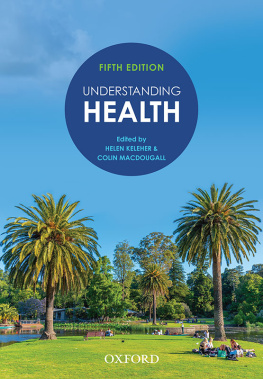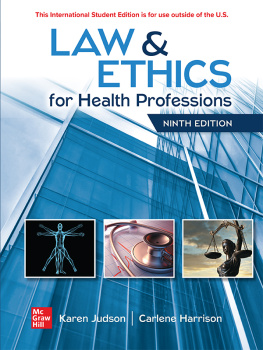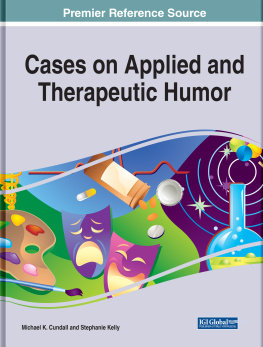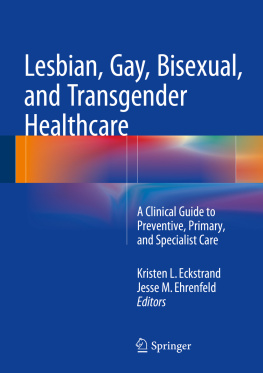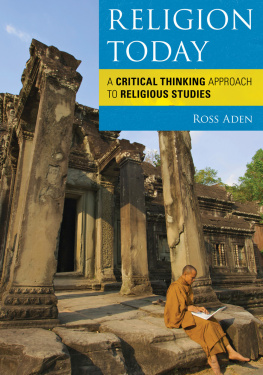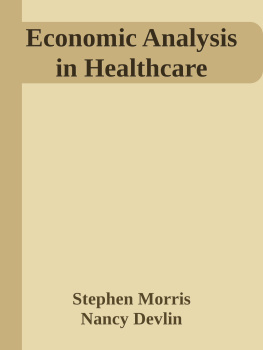Medical Humanities
This textbook brings the humanities to students in order to evoke the humanity of students. It helps to form individuals who take charge of their own minds, who are free from narrow and unreflective forms of thought, and who act compassionately in their public and professional worlds. Using concepts and methods of the humanities, the book addresses undergraduate and premed students, medical students, and students in other health professions, as well as physicians and other health care practitioners. It encourages them to consider the ethical and existential issues related to the experience of disease, care of the dying, health policy, religion and health, and medical technology. Case studies, images, questions for discussion, and role-playing exercises help readers engage in the practical, interpretive, and analytical aspects of the material, developing skills for critical thinking as well as compassionate care.
THOMAS R. COLE is the McGovern Chair in Medical Humanities and Director of the McGovern Center for Humanities and Ethics at the University of Texas Medical School at Houston. Dr. Cole has published many articles and several books on the history of aging and humanistic gerontology. His The Journey of Life: A Cultural History of Aging in America (1992) was nominated for a Pulitzer Prize. His book, No Color Is My Kind , and accompanying film, The Strange Demise of Jim Crow (1997), were nominated for a National Humanities medal. His work has been featured in the New York Times ; on National Public Radio, Voice of America, and PBS; and at the United Nations.
NATHAN S. CARLIN is Associate Professor at the McGovern Center for Humanities and Ethics and Director of the Medical Humanities and Ethics Certificate Program at the University of Texas Medical School at Houston. He has coauthored two previous books, Living in Limbo: Life in the Midst of Uncertainty (2010) and 100 Years of Happiness: Insights and Findings from the Experts (2012). He has also published more than 100 journal articles, book chapters, and book reviews in about a dozen different journals.
RONALD A. CARSON is Professor Emeritus at the Institute for the Medical Humanities, University of Texas Medical Branch at Galveston. He has received fellowships from the Institute on Human Values in Medicine, the Council for Philosophical Studies, and the National Endowment for the Humanities. He is an elected Fellow of the Hastings Center, a former president of the Society for Health and Human Values, and a recipient of that societys annual award. He has written many articles, chapters, and book reviews. He is coeditor of four books, including Practicing the Medical Humanities: Engaging Physicians and Patients (2003).
Medical Humanities
An Introduction
Thomas R. Cole
University of Texas Medical School at Houston
Nathan S. Carlin
University of Texas Medical School at Houston
Ronald A. Carson
University of Texas Medical Branch at Galveston
32 Avenue of the Americas, New York, NY 10013-2473, USA
Cambridge University Press is part of the University of Cambridge.
It furthers the Universitys mission by disseminating knowledge in the pursuit of education, learning, and research at the highest international levels of excellence.
www.cambridge.org
Information on this title: www.cambridge.org/9781107614178
Thomas R. Cole, Nathan S. Carlin, and Ronald A. Carson 2015
This publication is in copyright. Subject to statutory exception and to the provisions of relevant collective licensing agreements, no reproduction of any part may take place without the written permission of Cambridge University Press.
First published 2015
Printed in the United States of America
A catalog record for this publication is available from the British Library.
Library of Congress Cataloging in Publication Data
Cole, Thomas R., 1949 author.
Medical humanities : an introduction / Thomas R. Cole, University of Texas Medical School at
Houston, Nathan S. Carlin, University of Texas Medical School at Houston, Ronald A. Carson,
University of Texas Medical Branch at Galveston.
pages cm
Includes index.
1. Medical ethics. 2. Medicine and the humanities. I. Carlin, Nathan, author.
II. Carson, Ronald A., 1940 author. III. Title.
R724.C546 2015
174.2dc23 2014020978
ISBN 978-1-107-01562-3 Hardback
ISBN 978-1-107-61417-8 Paperback
Cambridge University Press has no responsibility for the persistence or accuracy of URLs for external or third-party Internet Web sites referred to in this publication and does not guarantee that any content on such Web sites is, or will remain, accurate or appropriate.
Contents
Figures
Preface
This volume represents the first textbook in medical humanities. After decades of teaching in both medical and undergraduate schools, we wrote the book because there was still no single resource for interested students and faculty. While there are edited volumes in medical humanities, these books do not offer a coherent vision of or engagement with the field. We wrote this book to present such a vision and engagement.
We define medical humanities as an inter- and multidisciplinary field that explores contexts, experiences, and critical and conceptual issues in medicine and health care, while supporting professional identity formation . Our vision of the field is rooted in the humanistic educational ideal that aims to form individuals who take charge of their own minds, who are free from narrow and unreflective forms of thought, who are compassionate, and who act in the public or professional world. The book aims to stimulate and enhance both critical thinking and character development. We aim not only to bring the humanities to students but also to evoke the humanity of students.
The book is designed to serve as the backbone of courses in medical humanities, whether they are general introductory courses or more specialized courses (e.g., in literature, history, philosophy, religious studies, or social science). The chapters can be assigned sequentially or by section, or by the theme of a particular chapter (e.g., the history of medical technology, death and dying, just health care, or suffering and hope). The volume can be used with undergraduate students, graduate students, medical students, or other students in the health professions. It contains additional resources and materials that will engage advanced students and enable teachers to use the book in graduate courses.
The chapters are structured to maximize ease of comprehension and student interaction. All chapters open with an abstract and close with a summary. In addition, most chapters contain several distinctive elements: (1) a case study or primary source to engage students more actively in the practical, interpretive, or analytical aspects of the materials; (2) a visual image a photograph, print, or painting along with commentary, questions, and references for further exploration; (3) exercises for critical thinking and character formation, including questions for discussion, role playing, and suggested writing exercises; and (4) further resources, including suggested reading and viewing as well as lists of relevant journals and related organizations or groups.



